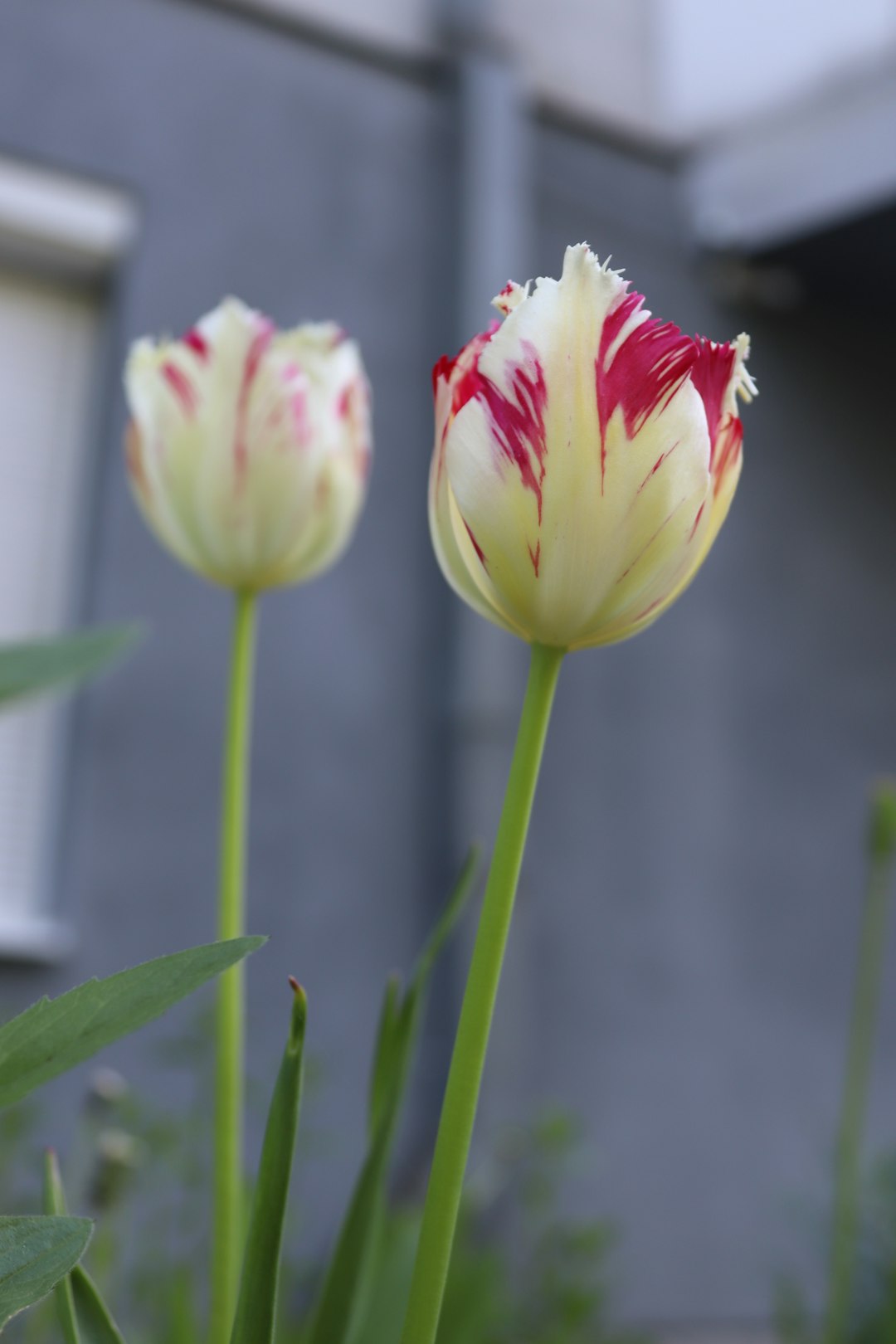The Enchanting World of Indoor Ferns

Indoor plants have long been cherished for their ability to bring a touch of nature into our living spaces, and among them, indoor ferns stand out as some of the most captivating choices. These nine types of indoor ferns are not only beautiful but also relatively easy to care for, making them excellent additions to any home.
Let's start with the Boston Fern. This classic fern is known for its long, arching fronds that cascade gracefully, adding a sense of elegance to any room. It thrives in a humid environment, so placing it in a bathroom or near a humidifier can help it flourish. Regular misting is also beneficial to keep the fronds looking their best.
Next up is the Maidenhair Fern. With its delicate, fan - shaped leaflets, it has a very dainty appearance. However, it can be a bit more finicky compared to other ferns. It prefers indirect light and consistently moist soil. A well - drained potting mix and a location away from direct sunlight are key to its survival.
The Bird's Nest Fern is another interesting option. Its fronds grow in a rosette shape, resembling a bird's nest. It can tolerate lower light conditions, making it suitable for rooms that don't receive a lot of sunlight. Watering should be done at the base of the plant to avoid getting water trapped in the center, which can lead to rot.
The Staghorn Fern is a unique fern that can be mounted on a board or hung on a wall. Its antler - like fronds give it a very distinctive look. It requires a special growing medium, such as sphagnum moss, and should be watered by soaking the moss every few days. It also benefits from bright, indirect light.
The Holly Fern has leathery, dark green fronds with a serrated edge, giving it a somewhat spiky appearance. It is a hardy fern that can tolerate a range of light conditions, from partial shade to bright, indirect light. It doesn't need to be watered as frequently as some other ferns, as it can withstand short periods of dryness.
The Rabbit's Foot Fern gets its name from the furry rhizomes that grow on the surface of the soil, resembling rabbit's feet. It is a low - maintenance fern that prefers bright, indirect light and well - drained soil. Watering should be done when the top inch of soil feels dry.
The Button Fern has small, round leaflets that give it a cute and compact appearance. It is a great choice for small spaces. It likes bright, indirect light and moist soil. Regular pruning can help keep its shape and encourage new growth.
The Japanese Painted Fern has beautiful silver - gray fronds with purple accents. It adds a splash of color to any indoor garden. It prefers partial shade and moist, well - drained soil. It can be a bit sensitive to over - watering, so it's important to let the soil dry out slightly between waterings.
The Lemon Button Fern has a fresh, lemony scent when its fronds are brushed against. It is a small, bushy fern that does well in bright, indirect light. It requires consistent moisture in the soil but not waterlogging. Placing it in a terrarium can help maintain the right level of humidity.
When it comes to displaying your indoor ferns, there are many creative ideas. You can group different types of ferns together in a large planter to create a mini - forest effect. Hanging baskets are also a great way to show off the cascading fronds of ferns like the Boston Fern. Placing ferns on shelves or plant stands can add some vertical interest to your room. You can also use ferns as centerpieces on dining tables or side tables, adding a natural and refreshing touch to your decor.
In conclusion, indoor ferns are a wonderful choice for houseplants. They offer a variety of shapes, sizes, and colors, and with the right care and display, they can transform your living space into a lush and inviting oasis.